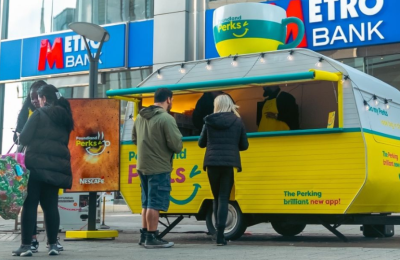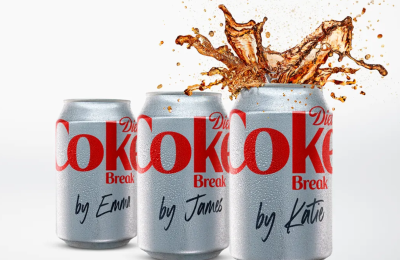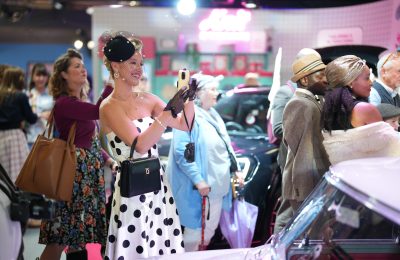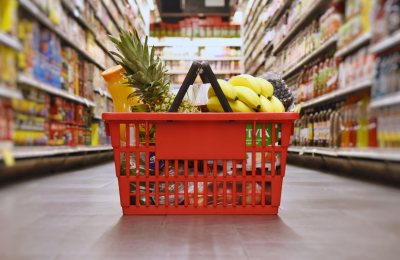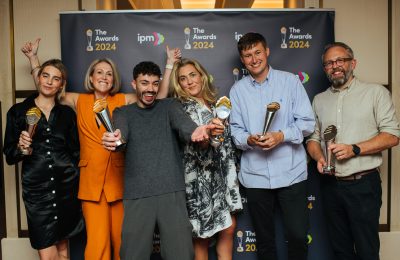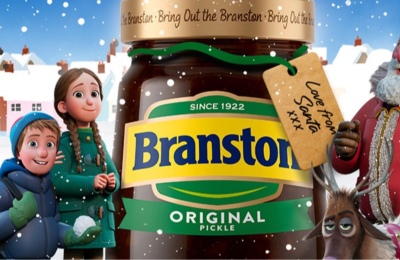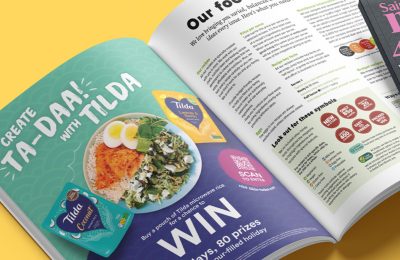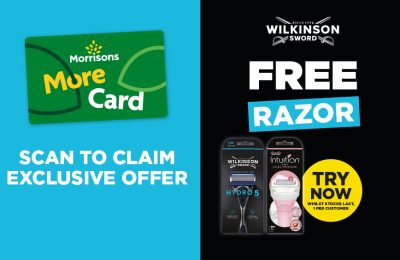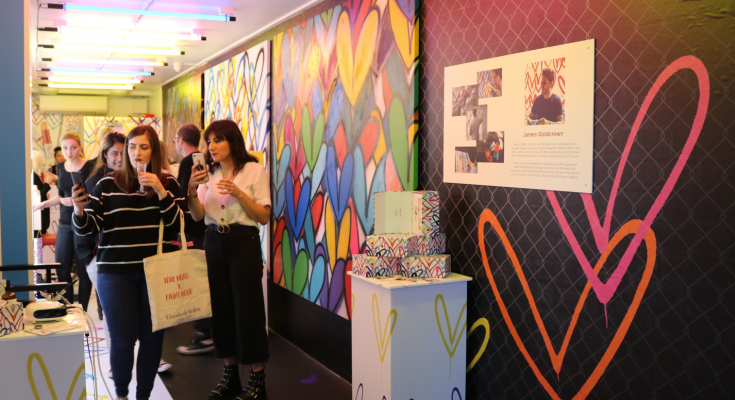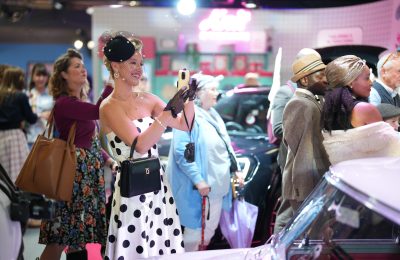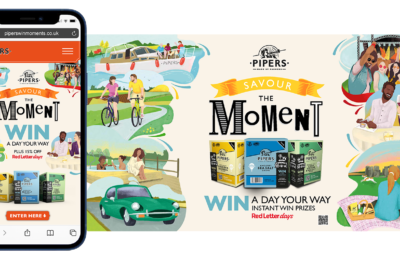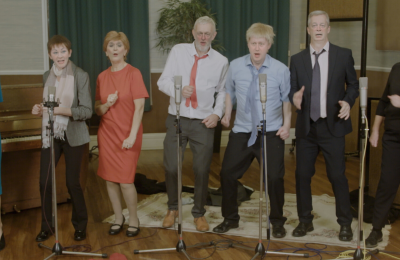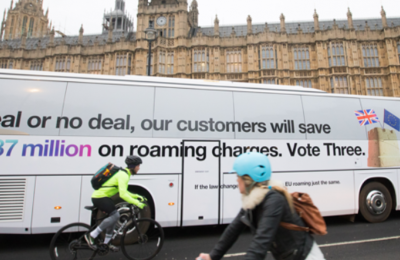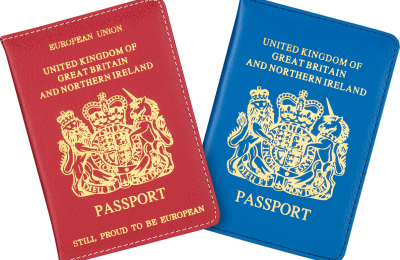Jo Curtis, co-founder of Jackanory, shares how three Es (Experience, Environment and Engagement) lead to successful experiential activation in the beauty industry.
When it comes to the beauty sector, social media, e-commerce and tech have brought huge changes to the industry and continue to play an important role. Yet, despite the convenience of shopping online, research suggests that 75 – 80% of consumers still prefer to buy their beauty products offline, through physical, face-to-face experiences. While other retail sectors are suffering closures and losses as footfall dries up, beauty remains a bricks-and-mortar stronghold.
Joanna Rogers, commercial director at Boots, says “Beauty is an industry you want to touch, smell and experience. Our latest research suggests that people treat beauty shopping as ‘fun time’, which means if you create an engaging environment, the customers will come.” Boots has done just this, facing the online challenge head on and completely overhauling its cosmetics offering to create a luxe and alluring experience with benefits you can’t access when online shopping at home. Trending zones, discovery areas and live demonstration areas have created a “beauty playground” where customers can touch, smell and try products in the flesh. Because when it comes to beauty, the ability to sniff, play and experiment with products beats online ordering hands down. IT Cosmetics’ CC Cream may look perfect online, but have you seen, in person, what it can really do for your skin?
High-end retailer Harrods has also redeveloped its beauty hall and hopes for it to become the “most exceptional beauty emporium in the world.” Annalise Fard, Harrods’ director of beauty, accessories, fine jewellery and watches, says, “We understand the importance of investing in bricks and mortar, as through our store we can offer an unparalleled experience and service that continues to keep Harrods at the forefront of retailing.” They hope to capture a larger share of the competitive and rapidly evolving beauty market through what Fard calls “the three Es”: experience, environment and engagement. She says, “The store can’t just be beautifully designed – it needs to be flexible for the future. The new beauty hall will bring trends to life and bring innovation, magic and theatre to Knightsbridge.”
The experiential marketing industry has, of course, been talking about the importance of innovation, magic and theatre for years. Experience, environment and engagement are key pillars of every successful experiential activation. Whether it’s a sampling campaign, a pop-up or an immersive event, if you get the experience and environment right, engagement will naturally follow. Throw in some innovation, a sprinkling of magic, a great deal of theatre, and consumers will not only remember the experience but share it with others. Through engaging experiences, beauty brands can kick-start a real-world connection with their consumers, going above and beyond a soulless online transaction. They can immerse consumers in their brand story – a story consumers can see, feel and hear – fostering a meaningful relationship through emotional connections that can in turn drive long-term advocacy.
Take Tiffany’s impressive 43ft scented Christmas tree at St Pancras last year. The tree featured hundreds of bottles of the brand’s eau de parfum, launched by Coty, as well as baubles and a giant robot made of Tiffany’s familiar blue boxes. The tree pumped out the eau de parfum scent, with the aim of creating a sensorial experience for shoppers, while a pop-up, located under the tree, offered fragrances and gift-wrapping services.
Or Elizabeth Arden’s visually impactful pop-up store to celebrate their artist-inspired limited-edition Eight Hour Collection. Multiple engagement points and dozens of Instagram-able details attracted a younger target audience, sharing the Eight Hour Cream story with a new generation of consumers.
Some might say that Clinique’s first ever pop up shop in New York earlier this year achieved the perfect combination of experience, environment and engagement. The shop immersed the customer into the Clinique iD story in a new and engaging way. A hi-tech consultation recommended the Clinique iD product best for the customer, before they followed a color-coded path to test the recommended product and then customise it with some Instagram-ready stickers. A green-screen photo wall with various props on hand and a virtual reality station generated the magic and theatre required and completed the brand engagement journey.
So, whether in-store or out-of-store, we echo the importance of Annalise Fard’s three Es, for the beauty sector in particular. By focussing on experience, environment and engagement you’ll create stories that consumers can see, smell, touch, hear and sometimes even taste. You’ll create meaningful relationships that will take your consumers on a journey, sparking emotional connections to not only drive trial and awareness, but also long-term brand advocacy, both on and offline.
We hope to see even more bold, brilliant and beautiful experiences from the beauty industry popping up over the next year. In the meantime, it’s 1pm and we’re off to Boots, our nearest beauty playground, for our lunchtime beauty fix. Perhaps it’s just as well we don’t work around the corner from Harrods. That would be dangerous…

